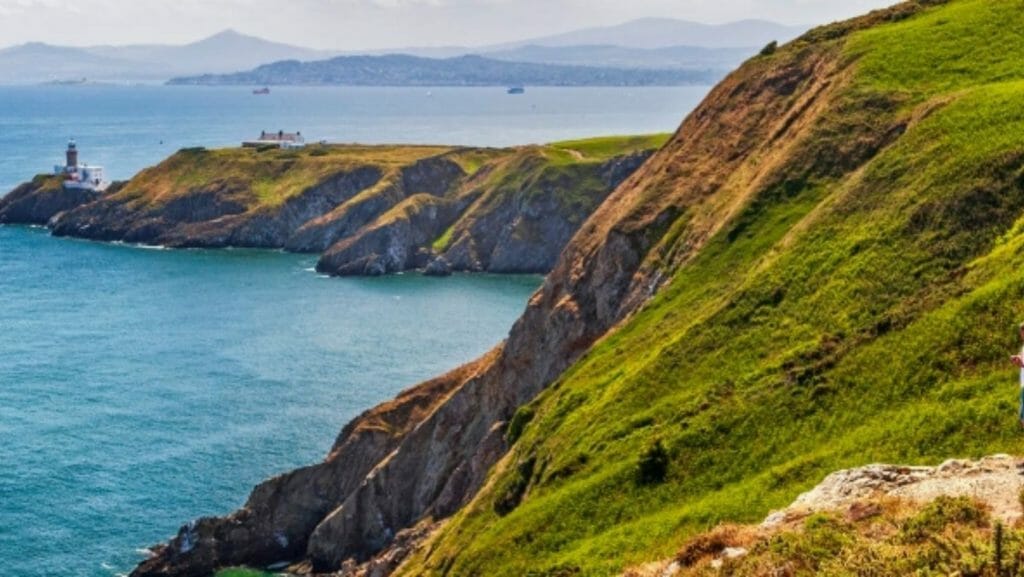
A headland, also called a ness, is a point of land that projects into the sea. A headland is usually high and often has cliffs or steep slopes. Howth Head in Ireland is an example of a headland.
Headlands can form where the coastline changes direction sharply, such as at a bay. They can also form through erosion, when waves and currents hit a piece of land and wear it away. Over time, the headland becomes larger and more pronounced.
Headlands are sometimes home to lighthouses or other coastal defenses. They can also be popular tourist destinations, as they often offer sweeping views of the sea and nearby coastline.
Howth head
is a headland located in Dublin, Ireland. It is home to Howth Castle, Howth Lighthouse, andHowth Abbey. The area is popular with tourists, as it offers stunning views of the coastline and sea. Howth Head is also home to a number of seabirds, including gannets, guillemots, and razorbills.
How to identify a howth head
- There are a few things you can look for to identify a headland:
- A headland is usually high and often has cliffs or steep slopes.
- A headland can form where the coastline changes direction sharply, such as at a bay.
- A headland can also form through erosion, when waves and currents hit a piece of land and wear it away.
- Over time, the headland becomes larger and more pronounced.
- Headlands are sometimes home to lighthouses or other coastal defenses.
- -They can also be popular tourist destinations, as they often offer sweeping views of the sea and nearby coastline.
What to do if you encounter a howth head
If you come across a headland, be sure to admire the stunning views it offers of the sea and coastline. If you’re feeling adventurous, you can also hike to the top of the headland for an even better view. Just be sure to take caution, as the cliffs can be dangerous.
How to protect yourself from howth heads
There are a few things you can do to protect yourself from headlands:
- Wear sturdy shoes with good traction to avoid slipping on the cliffs.
- Bring plenty of water and food, as there are often no amenities at the top of the headland.
- Be sure to take caution when near the edge of the cliff, as it can be dangerous.
- If you’re hiking to the top of the headland, be sure to follow a marked trail and take caution on the journey up.
How to protect yourself from howth heads
- There are a few things you can do to protect yourself from headlands:
- Wear sturdy shoes with good traction to avoid slipping on the cliffs.
- Bring plenty of water and food, as there are often no amenities at the top of the headland.
- Be sure to take caution when near the edge of the cliff, as it can be dangerous.
- If you’re hiking to the top of the headland, be sure to follow a marked trail and take caution on the journey up.
What are the benefits of and dangers of a howth head
There are a few benefits to having a headland:
- A headland can offer stunning views of the sea and coastline.
- A headland can be a popular tourist destination.
- A headland can be home to lighthouses or other coastal defenses.
There are a few dangers to be aware of when near a headland:
- The cliffs can be dangerous.
- There are often no amenities at the top of the headland.
- It can be easy to get lost.
Tips for visiting a howth head
If you’re planning on visiting a headland, here are a few tips to keep in mind:
- Wear sturdy shoes with good traction to avoid slipping on the cliffs.
- Bring plenty of water and food, as there are often no amenities at the top of the headland.
- Be sure to take caution when near the edge of the cliff, as it can be dangerous.
- If you’re hiking to the top of the headland, be sure to follow a marked trail and take caution on the journey up.



